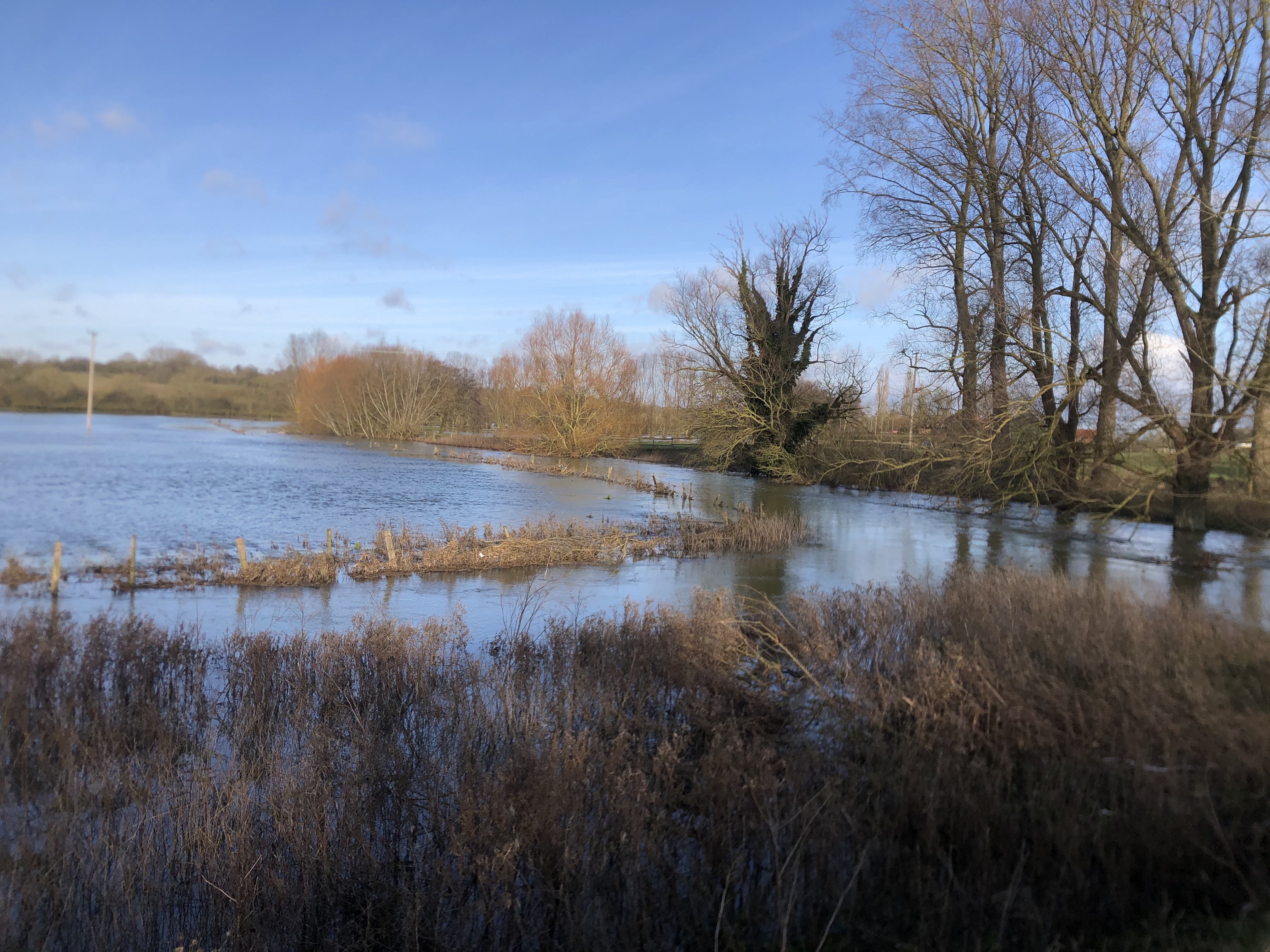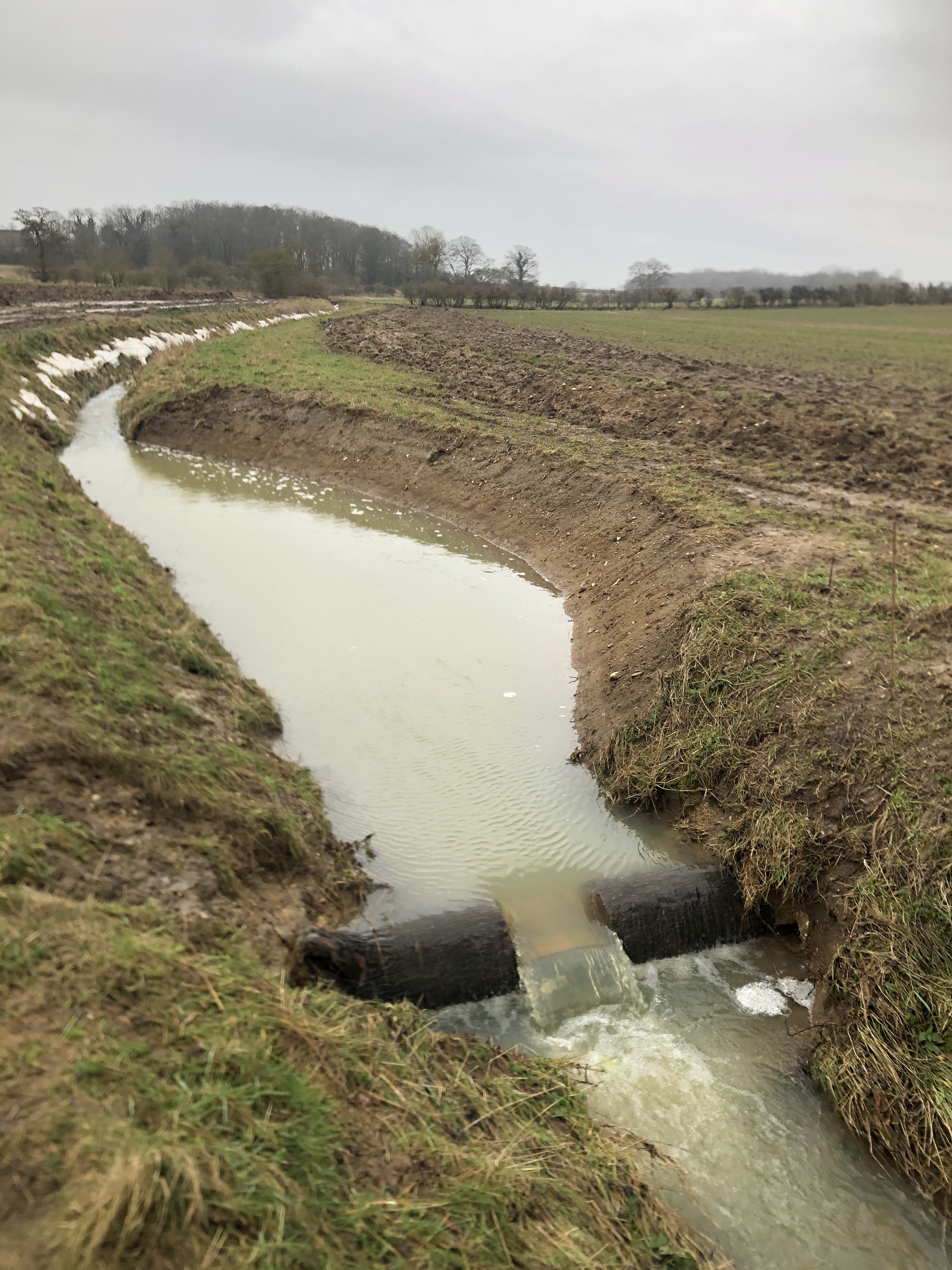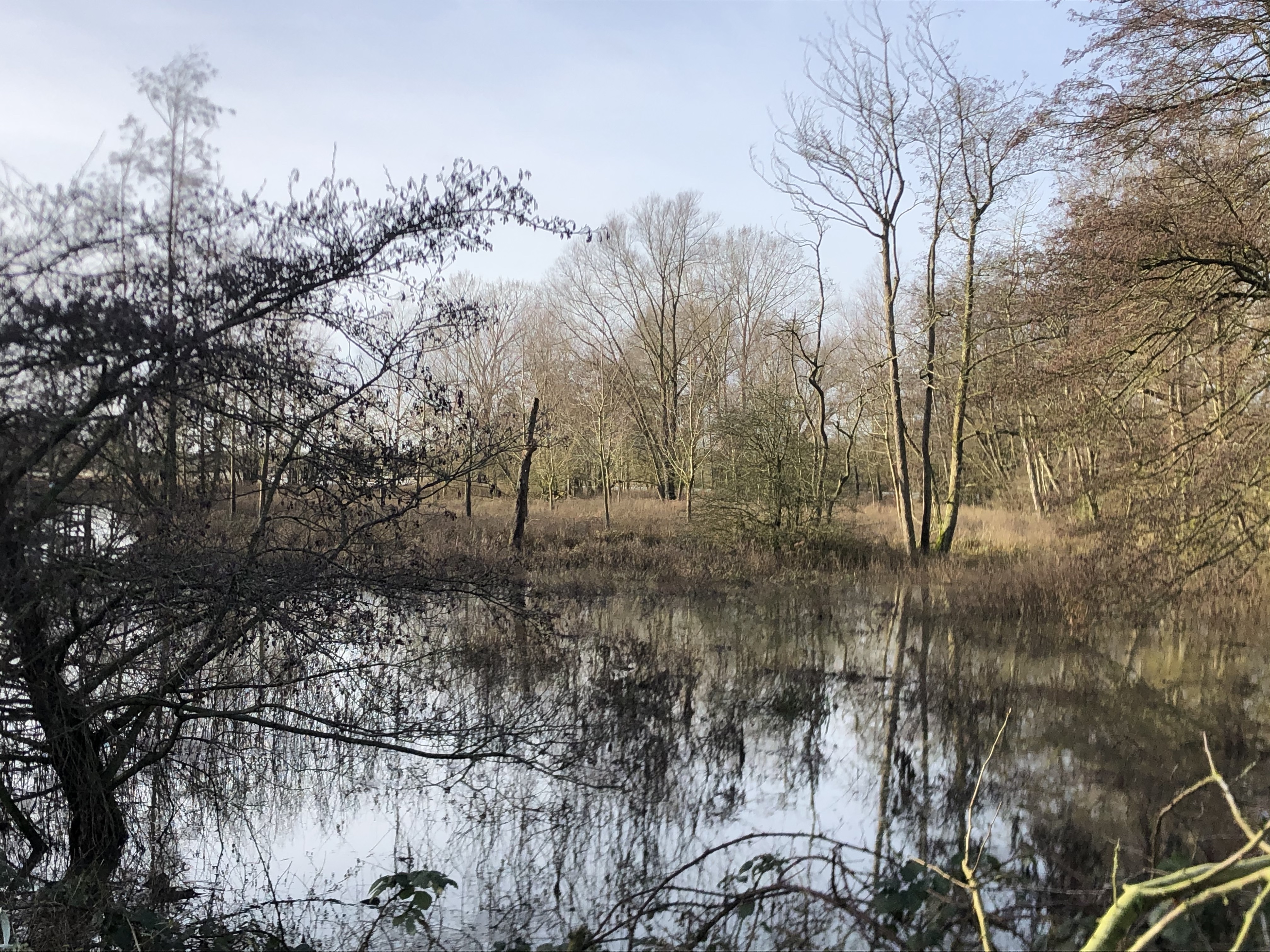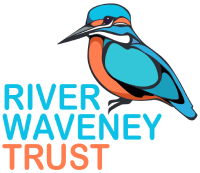Natural Flood Management
We have recently been awarded funding from Defra/Environment Agency to deliver Natural Flood Management (NFM) projects in the Diss area. This is part of a 25 million fund for NFM funding 40 projects across the country. Engagement with those local to the area started in summer 2024 and we are now developing detailed plans with landowners in the area. Alongside this we have now recruited a Catchment Resilience Officer, who will lead on developing NFM in other areas within the Waveney Catchment. If you are interested in developing an NFM project, or feel it would help to reduce flooding where you live, please get in touch with Ed King , Catchment Resilience Officer ed@riverwaveneytrust.org
What with the flooding experienced in December 2020 and the threat of climate change, flooding has never been so high on the agenda in the Waveney Catchment. So the question is, What is Natural Flood Management?
Quite simply, Natural Flood Management (NFM) is using natural solutions to slow, capture, re-direct or store flood waters at times of high rainfall. This can prevent so much water from quickly flowing off the land and to the main river where it can cause flooding to homes and businesses. NFM measures can include tree or hedge planting, installing ‘leaky’ dams made from natural timber to hold back water, digging small pools or ponds to capture and store flood water and allowing the river to flow onto grassed floodplains where there is no risk to people or property. Healthy soils that allow the water to infiltrate are also really important.
The great thing about NFM is that it is also really good for creating new habitats and storing carbon.
Past projects in the Waveney include work in Gissing, Diss, in collaboration with Norfolk Rivers Trust. Read more on the project here.



